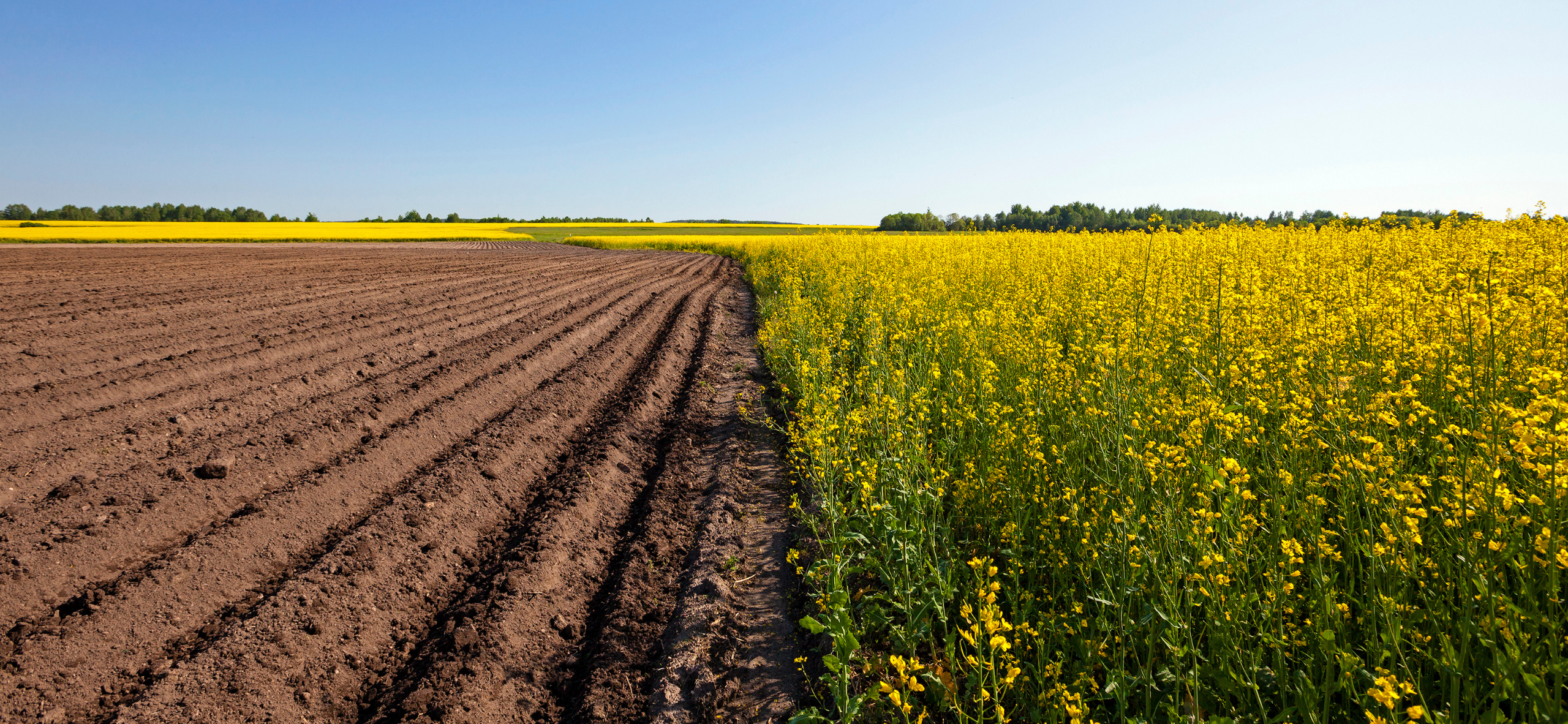
Issue Area
Sustainable Agriculture
Overview
With farmland accounting for nearly half of the total land area in the U.S. at 1.2 billion acres, the output of farms contributes $164.7 billion annually to the U.S. economy. Given the environmental footprint and proximity to natural resources, sustainable agriculture provides an opportunity to reduce pollution, promote biodiversity, protect soil health, and address climate change.
Sustainable agriculture accomplishes these goals through techniques such as crop rotation, cover crops, saturated buffers, and reduced tillage. These techniques can focus on a specific area or concern, like soil erosion or water quality, or take a wider view of the entire farm. Implementing these strategies can save millions of dollars in drinking water treatment costs, flood damages, and impacts on ecological services and recreational tourism within the Mississippi River corridor.
NCEL Point of Contact

Private: Chris Askew-Merwin
Sustainable Agriculture and Water Specialist
ContactKey Facts
Agricultural runoff is the leading cause of water quality impacts to rivers and streams, the third leading source for lakes, and the second largest source of impairments to wetlands.
In 2017, there were 17,741 certified organic farm operations in the U.S., an increase of 39% since 2012. Among these farms, organic commodities were valued at $7.3 billion, more than double the $3.1 billion reported in 2012.
27% of all farmers were considered beginning farmers in 2017, an increase of 5% over the past 5 years.
Legislator Spotlights


